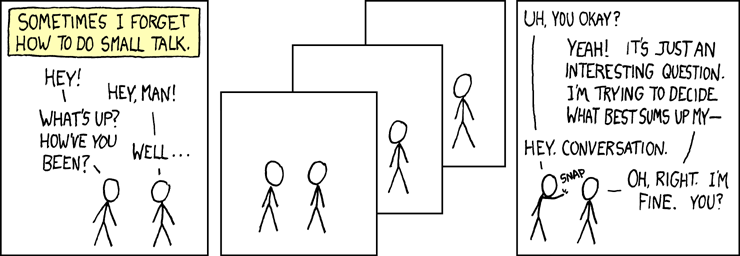On February 5th, The Toronto Star's front page cried out, "A Wonder Drug's Dark Side". What followed was a long story that as The Star's publisher was subsequently forced to admit, "led many readers to conclude The Star believed its investigation had uncovered a direct connection between a large variety of ailments and the vaccine". That quote is from the disclaimer that now appears on The Star's website where the article used to be found. The Star has "unpublished" the original story.
The flaws in the original story were laid out in an LA Times report on the controversy: "How A Major Newspaper Bungled A Vaccine Story and Then Smeared Its Critics".
In Our Classes
From an English class point of view this is rich material.- What a great opportunity to discuss research and bias. This blog post by Dr. Jen Gunter -Autopsy of Toronto Star HPV article and the real dark side of Gardasil they missed -is a terrific example of a persuasive research based essay. It's a masterful example of effective organization and word choice. I especially like her title and its invitation to readers to discover the "real dark side".
- The controversy is a terrific opportunity for students to examine the specific curriculum expectations of "critical literacy" and "production perspectives". Gunter's blog post highlights the need for readers to consider motivation and conflicts of interest when reading. This idea for a "Two Sides to the Story?" - research assignment uses the issue of "false balance" to teach the curriculum expectations of critical literacy and production perspectives.
- Finally, back to the students at Mohawk College. This story is a fascinating example of the shift in power caused by the Internet. 10 years ago the front page story written by The Star's professional journalists might have been challenged by a few letters to the editor, perhaps The Star would have chosen to publish this rebuttal - "Science shows HPV vaccine has no dark side" -by Canadian scientists. But the debate would have happened entirely within the newspaper and would have been controlled by the newspaper. As the publisher's very defensive retraction proves, The Star does not back down easily. Today, the Internet provides a platform that democratizes voices. This story is a great opportunity to challenge students to consider these curriculum based issues:
- Confirmation bias;
- How to corroborate sources;
- Why we site sources in our research;
- Language usage - is Dr. Gunter's critique of the language used in The Star's retraction fair?
- "False Balance" in news reporting (as comically represented by John Oliver as it relates to Climate Change - warning PG-13 for language - start at 1:08 to avoid profanity).



